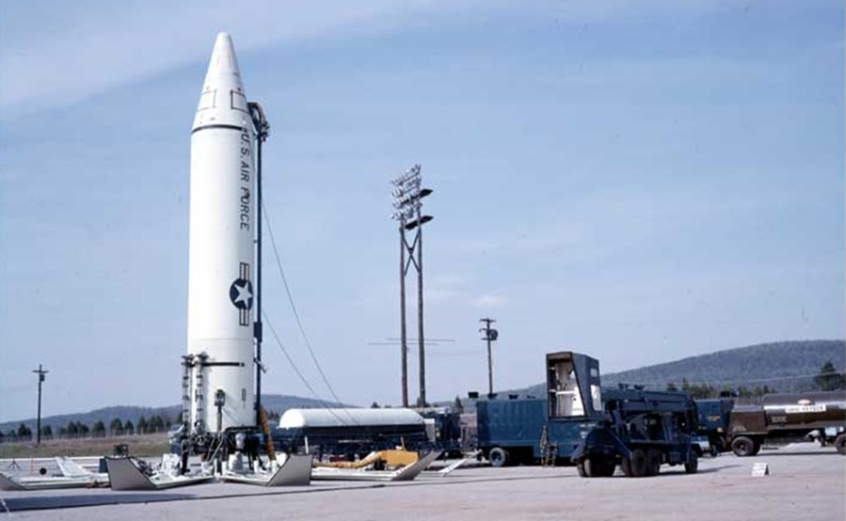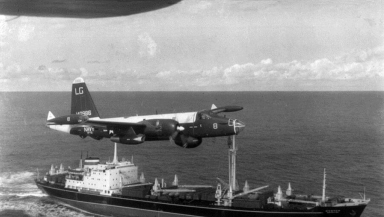
Experts and ordinary people alike are fearful that the recent downing of a Russian warplane by Turkish forces could have lit the fire with the potential to develop into World War III.

Back in 1983, such a catastrophic war nearly consumed the world as revealed in a newly declassified document. The United States and Russia also came close to exchanging nuclear blows at that time, over two decades after the Cuban missile crisis in October 1962 when both nations first averted an armed confrontation at the 11<sup>th hour.
According to a previously top-secret document from former U.S. President Ronald Reagan's Foreign Intelligence Advisory Board, a Soviet system malfunction in September 1983 accidentally revealed that U.S. missiles were headed to the Soviet Union.
"In 1983, we may have inadvertently placed our relations with the Soviet Union on a hair trigger. Soviet leaders had changed their strategic thinking and, in fact, believed that the U.S. was attempting to gain decisive strategic superiority in order, possibly, to launch a nuclear first strike," the document said about the incident.
This discovery triggered a war scare in the Soviet Union which lasted for several months, to the extent that strategic nuclear weapons were put on alert.
Soviet leaders even considered undertaking a pre-emptive strike, in case they saw any indication that the North Atlantic Treaty Organisation (NATO) was preparing militarily.
What further alarmed the Soviet Union at that time was the conduct of the large military exercise called "Able Archer," which included a practice drill that took NATO forces through a full-scale simulated release of nuclear weapons.
How did the tension diffused? Luckily, American forces chose to stand down out of instinct.
"As it happened, the military officers in charge of the Able Archer exercise minimised this risk by doing nothing in the face of evidence that parts of the Soviet armed forces were moving to an unusual level of alert. But these officers acted out of instinct, not informed guidance," the document read.
The high-value report on this ordeal was secured by the National Security Archive at George Washington University.














